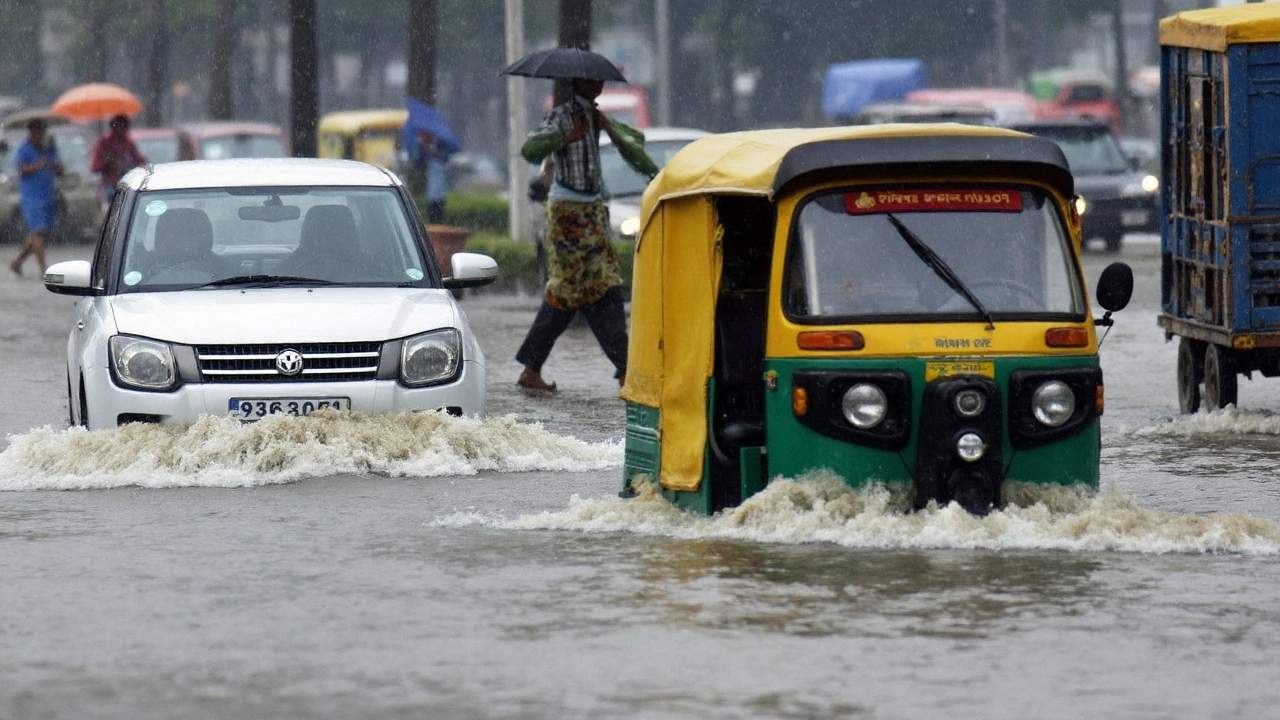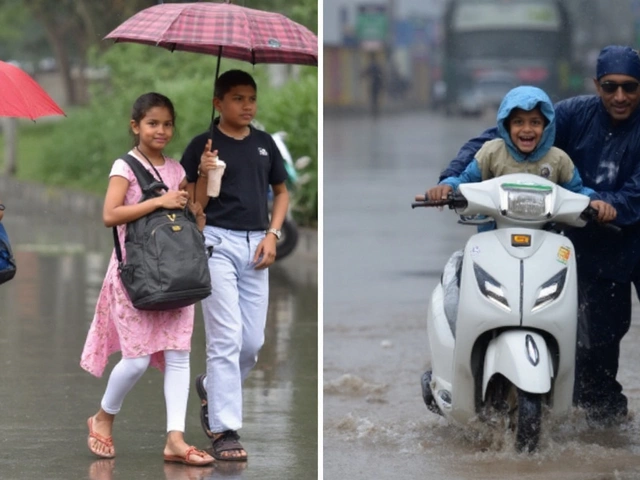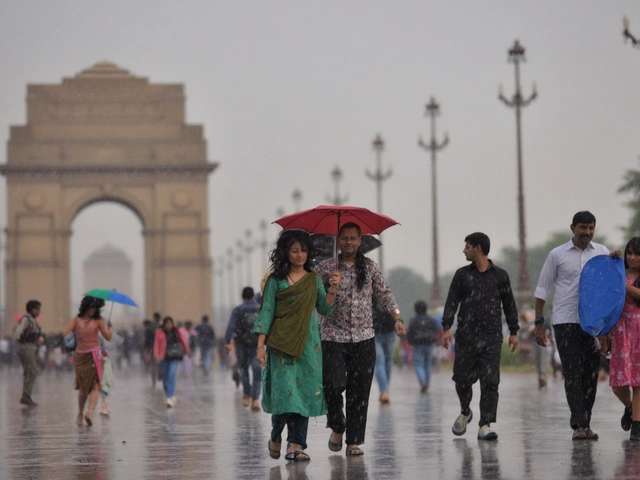Orange Alert: What It Means and How to React
When you hear the term “orange alert,” it’s a signal that heavy rain, strong winds, or hail are coming and could cause trouble. In India, the India Meteorological Department (IMD) issues these alerts when conditions are more serious than a yellow warning but not yet at the highest red level.
What is an Orange Alert?
An orange alert tells you that the weather is likely to turn nasty in the next few hours to a day. The IMD looks at data from satellites, radars, and ground stations before issuing the warning. Expect things like downpours that could flood streets, gusty winds that might knock down weak structures, and occasional lightning storms.
These alerts are common during the monsoon season, especially in places like Delhi‑NCR, Uttar Pradesh, Bihar, and Kolkata. The alert covers a specific area, so you might see it for your city while nearby districts stay on yellow.
Practical Tips When an Orange Alert Hits
First, check a reliable source – the IMD website, a weather app, or local news – to see the exact timing and intensity. If you’re heading out, keep an eye on the sky and be ready to change plans.
Carry a lightweight raincoat or an umbrella, but also bring a sturdy pair of shoes. Water‑logged streets can hide potholes, and slick surfaces make slipping easy.
If you drive, slow down and avoid flooded roads. A few centimeters of water can hide hazards and stall your vehicle. When the water looks deeper than the tire, turn around.
For those at home, close windows and doors to keep rain from entering. Move valuable items off the floor in case of a brief flood. If you live in a low‑lying area, have a small sandbag ready to block water from entering.
Lightning is a real danger during an orange alert. Stay away from tall trees, open fields, and metal structures. If you’re indoors, unplug sensitive electronics to protect them from power surges.
Power outages can happen when strong winds damage lines. Keep a flashlight, some batteries, and a charged phone nearby. A power bank can keep your device alive if the grid goes down.
Don’t forget your pets. Bring them inside or keep them sheltered if you’re outside. Animals can get scared by thunder and may run into traffic.
Finally, after the rain stops, watch for standing water that could become a breeding ground for mosquitoes. Drain any puddles around your home and use a simple larvicide if you’re in a high‑risk zone.
Staying informed, being prepared, and acting calmly are the best ways to get through an orange alert without trouble. Keep this guide handy, and you’ll know exactly what to do the next time the weather turns serious.
Delhi rain on orange alert: Heavy showers and traffic snarls likely through July 31
IMD has kept Delhi-NCR on orange alert with heavy rain spells likely through July 31. Downpours on July 22–23 flooded key stretches and slowed traffic across the capital and NCR. The monsoon trough has shifted north, and a Western Disturbance is adding fuel to the system. Air quality improved to a satisfactory band for 11 straight days. Agencies remain on standby as intermittent storms continue.





